Some Dogs Win, Some Dogs Lose
Santa Barbara District Elections a Modest Success
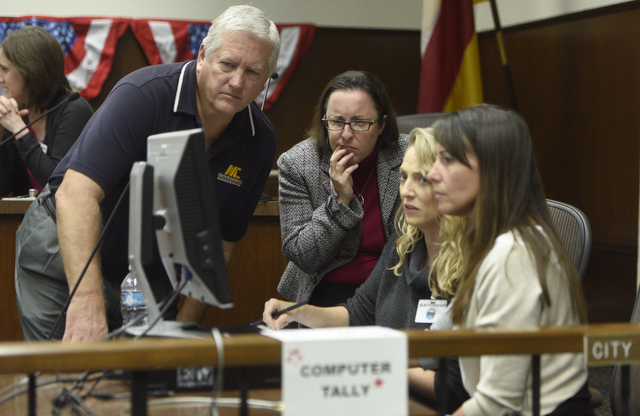
BIG SNORE: The quick and easy takeaway from this week’s Santa Barbara City elections is a yawn, and there are good reasons a lot of people think so. But if you squint just a little, the results become more complicated than that. There’s evidence, admittedly modest, that district delivered some of the goods their supporters promised.
Let’s dispense with the obvious. Voter turnout was only 35 percent. That’s worse than any election since 2007, when City Hall took over the responsibility of running its own elections in the belief it could do so better — and cheaper — than County Elections. A ho-hum vibe was much in evidence election night. Only one councilmember bothered to show up at City Hall for the ballot tabulating, normally a political high holy day of obligation for the see-and-be-seen crowd. Only one councilmember not seeking reelection made the scene — Bendy White. There were two ex-mayors and one county supervisor. Were it not for the tsunami of Santa Barbara City College journalism students dispatched there by Josh Molina — their teacher and a Noozhawk reporter — the place would have resembled a handful of loose peas rolling around on a very large platter.
This marked the first time in 47 years city voters elected candidates according to geographical districts. The change came about under threat of a lawsuit City Hall would surely have lost. After that settlement was reached in March, exceedingly little time was left for the dueling political machines to find and field candidates for the three districts up for grabs. That’s half the districts carved out under the settlement — the next three and the mayor’s come up two years hence — and lots of voters were confused.
As a result, candidates sought to connect by addressing hyper-local neighborhood concerns. Many spoke at the length about the need to attack the scourge of abandoned mattresses showing up on curbs and median strips. Who knew it was such a problem? To the extent candidates found themselves “going to the mattresses,” it would appear — based on low turnout numbers — that voters went to sleep. But maybe not. This year’s turnout suggests the broader question: Is the glass two-thirds empty or one-third full? Due in large part to the onset of district elections, the answer is clearly the latter.
Turnout increased modestly but significantly in both of the “minority-majority” districts carved out by the district elections settlement.
Campaign consultants have long regarded what’s become District 1 — the Eastside — and District 3 — the Westside — as notoriously low “why bother?” voting areas. Accordingly, they’ve focused their energies and campaign dollars on other neighborhoods — typically more affluent, educated, and white — where residents tend to vote more religiously than they go to church. Historically, turnout in Districts 1 and 3 hovers somewhere between 26 and 32 percent. This year, District 1 saw 38 percent, the highest of any of the three districts. District 3 was 35 percent. Ironically, District 2 — the Mesa and upper Westside — posted the lowest returns. Normally these neighborhoods are seething cauldrons of kneejerk voters.

District 2’s poor showing is easy to explain. Incumbent Randy Rowse — a popular, business-minded moderate of no party affiliation — faced absolutely no viable opposition. It was a no-contest contest.
By contrast, District 3 — the Westside — featured a grudge match between incumbent Councilmember Cathy Murillo and Sharon Byrne of the Milpas Community Association, who ran for council four years ago. The two have a long history of being on opposite sides of a wide array of issues. (Another candidate, Cristina Cardoso also ran, attacking Murillo — who holds down the left end of the council — for not being lefty and Latina enough, Cardoso barely raised any money and did most of her precinct walking by herself.) From the beginning, this election was Murillo’s to loose. Byrne is an accomplished community organizer, but she’s best known for her work on the Eastside. She qualifies as a Westside resident more as a technical anomaly of the district mapmaking process.
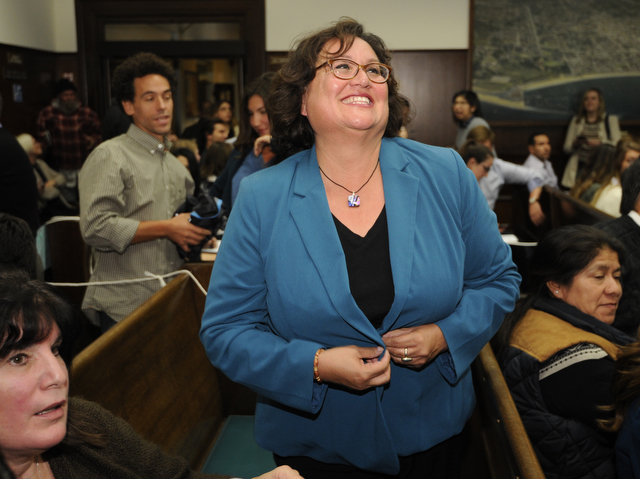
Given Murillo’s inexhaustible determination and legendary energy on the campaign trail, Byrne would have needed a miracle to win, and she never got one. Still, she, Murillo, and Cardoso wallpapered the district with yard signs, knocked on doors multiple times, left door hangers, and made multiple phone calls. In a citywide effort, such efforts might be deemed irrational, but in the more confined district-centric context, candidates didn’t have the luxury of looking elsewhere for their votes.
The biggest jump in voter participation took place in District 1 — the Eastside, Waterfront, and Funk Aone areas — hitting 38 percent. Historically, turnout in citywide elections runs about 40 percent, so 38 percent in an area of notoriously low-propensity voters is downright respectable. Of the five candidates on the ballot, three — warts and flaws notwithstanding — raised enough money, marshaled enough volunteers, and garnered enough endorsements to be certified viable candidates. All three have Hispanic last names; all three speak Spanish. One — community activist Jaqueline Inda — has long-term ties to the neighborhood.

Clearly, the big winner — both for District 1 and the entire election — is Jason Dominguez — who ran as an ideological moderate and political cross dresser, ambidextrously appealing to moderate Democrats, decline-to-states, red-blooded Republicans, and downtown business interests not comfortable with Inda’s in-the-hood street activism or Andria Martinez Cohen’s youth, lack of prior political experience, and backing by public employee unions and the so-called Democrat Machine. Given Dominguez’s fabled professional pedigree — UN war crimes prosecutor, Legal Aid Foundation director — and the affably professional manner with which he presents — he could probably have fared reasonably well in an at-large election. But for a total newcomer to Santa Barbara’s political scene, districts were a better fit for Dominguez as well, requiring that he raise less money and limiting the number of doors he needed to knock on. That being said, he proved to be a prodigious door knocker, and the anecdotal lore emerging from the campaign suggests that of the three candidates, he knocked on more doors, more times, and was there first.
According to lawyers statewide who specialize in lawsuits precipitating the switch from at-large to district elections, the measure of success is not necessarily the number of minorities elected or even voter turnout. Success is more viable candidates who provide choices favored by the minority populations rather than the broader majority of white registered voters. In this election, seven of the candidates on the ballot had Hispanic surnames, four were viable candidates, and two won. For the first time ever, there are two Latinos sitting on the City Council together.
WINNERS AND LOSERS
In no particular order of magnitude, the following is a list of winners and losers from this year’s race.
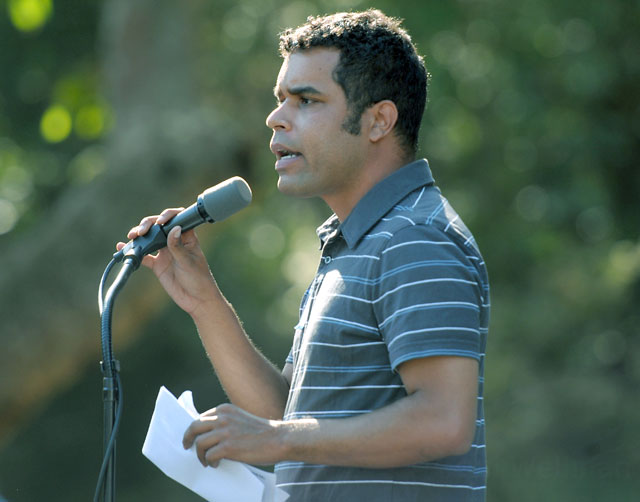
LOSER: Daraka Larimore-Hall, the Democratic Party, and The Machine. Hall, the party, and public employee unions bet the farm on Andria Martinez Cohen, an appealing and energetic political neophyte with zero history of civic engagement in either the neighborhood or local politics who came up short. Not just by a little but by a huge margin of defeat. Jacqueline Inda and Dominguez — both registered Democrats — sought the party’s endorsement. Inda was told her time would probably never come, and Dominguez was told to wait till a later day. He declined to do so and asked to be accepted by pretty much anyone other than the Democratic machine: Republicans, the Milpas Community Association, moderates, and big business signed up. This further incited the wrath of Democratic loyalists, who questioned what whether Dominguez was loyal to any principles other than his political advancement. Newcomer Martinez Cohen lacked a group of loyalists and supporters outside the party she could bring to the dance. Dominguez beat her by more than two to one.
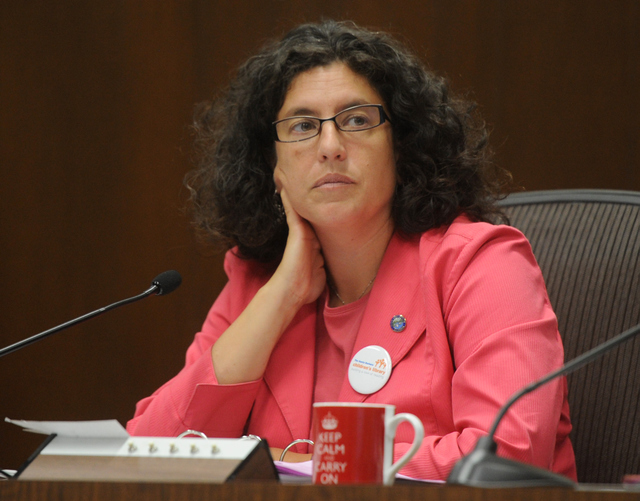
WINNER: Mayor Helene Schneider. In a telling display of political body language — think the middle finger — Schneider showed up to Dominguez’s victory party held at Taqueria El Bajio, yet another bird flipped among not-so-subliminal statements. Schneider — on the serious outs with Larimore-Hall and Democratic Machine for many years — did not endorse explicitly, but her right-hand man on the council, Bendy White — so inseparable from the mayor that he could be a carbuncle on her nose — did so in the week before the election. Schneider and White have comprised a two-person camp of moderate Dems frequently at odds with the more left-focused camp of councilmembers Cathy Murillo and Gregg Hart. To the extent Dominguez reciprocates, that should add one vote to the mushy moderate faction. Likewise, that group should be able to pry support from Councilmember Randy Rowse — an equally mushy conservative — bringing their total to four. With Dominguez replacing Councilmember Dale Francisco, the most ideologically conservative — and brainiest — member of the council, the whole body should take a milder tilt. The votes should be there to put a sales tax on the city ballot in two years to cover massively expensive infrastructure needs. Hart — the most strategically influential member of the Dem Party faction — was the key swing vote that effectively blocked that from happening this year. Dominguez has said in newspaper interviews that he would have supported putting such a tax on the ballot, so presumably the supermajority needed then, now exists.
WINNER: Republicans. Not one of the candidates backed by key influential Republican Party leaders were registered Republicans. Two were decline-to-state; one was a Dem. Party rules prohibit the party from endorsing non-party members, but when rigid conservatives like Dale Francisco — chair of the Republican Central Committee — is singing in your choir, who needs the official endorsement? Two of the candidates backed by the Reps won.
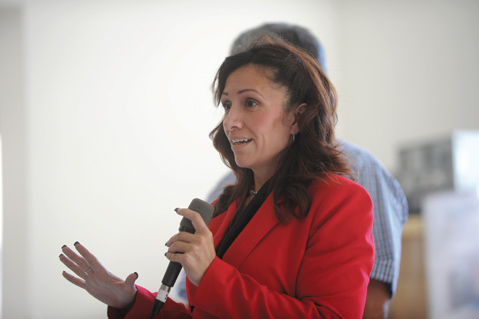
LOSER: District Election Committee. Key members of the committee that brought forth the litigation that led to district elections — argued on the grounds of ethnic diversity and exclusion — convinced Eastside activist — and self-described white girl — Sharon Byrne that she could beat council incumbent Cathy Murillo, a 15-year resident of the Westside and the only Latino elected to the council in 20 years, not to mention the only Latina ever. Byrne is tough, smart, and scrappy, but the hill was too steep for even her to climb. Likewise, the same district election supporters threw their lot behind Eastside candidate Jacqueline Inda, who was one of the litigants in the district elections lawsuit. While that makes sense, it should be noted that Inda and Byrne could not be more polarized opponents when it comes to the dueling business improvement districts now on the table for the Eastside. The debate over these rival business districts has grown so thermonuclear in its pettiness that the two camps held two rival Halloween events on Milpas Street two weeks ago.

LOSER: Sanity on Milpas Street with regard to dueling business districts. If anyone held hope that Jason Dominguez could act as a peacemaker in the rival business improvement districts proposed for Milpas Street, think again. Dominguez held his victory party at Taqueria El Bajio, which happens to be ground zero in the battle between the competing districts. His choice of location showed he clearly sided with the business district supported by the Milpas Community Association (led by Sharon Byrne) and opposed by a coalition of Latino-owned mom-and-pop businesses, not to mention Jacqueline Inda. El Bajio remains very much the raw nerve in that dispute. Its owner — Santos Guzman — is a member of the MCA and a supporter of the MCA plan. Inda participated in a picket line set up in front of El Bajio in February as part of a protest led by PODER, a left-progressive Latino-rights political flash mob. PODER is given to such shoot-first-aim-later political tactics that even people who agree with them scratch their heads in wonder.



